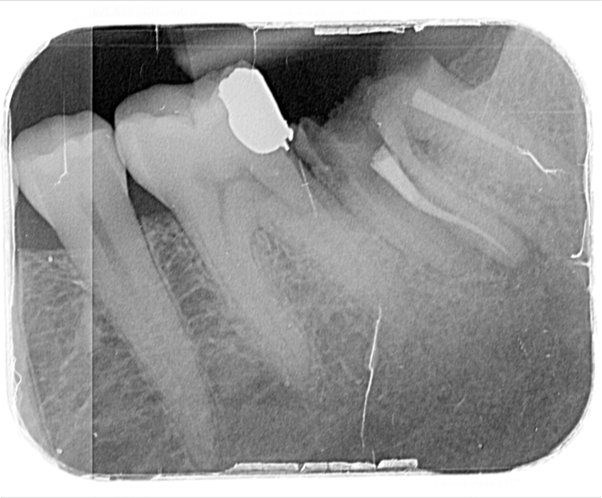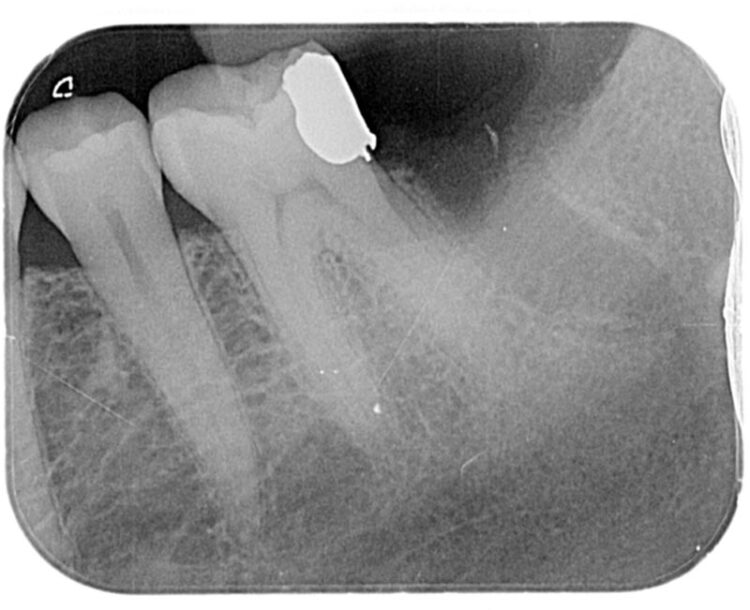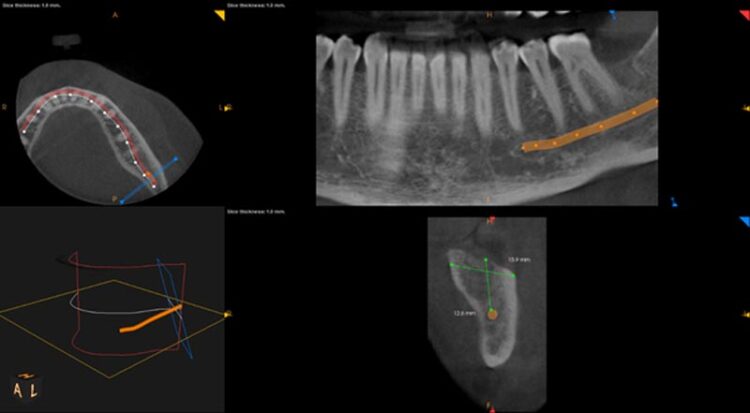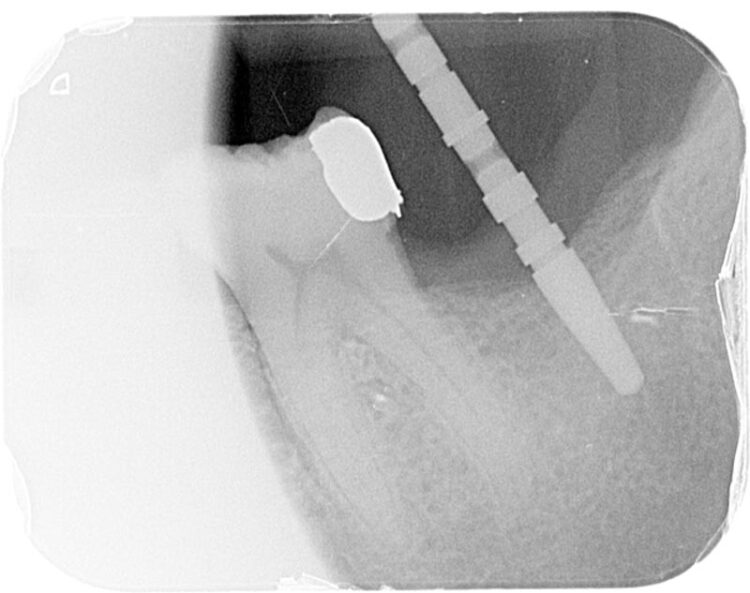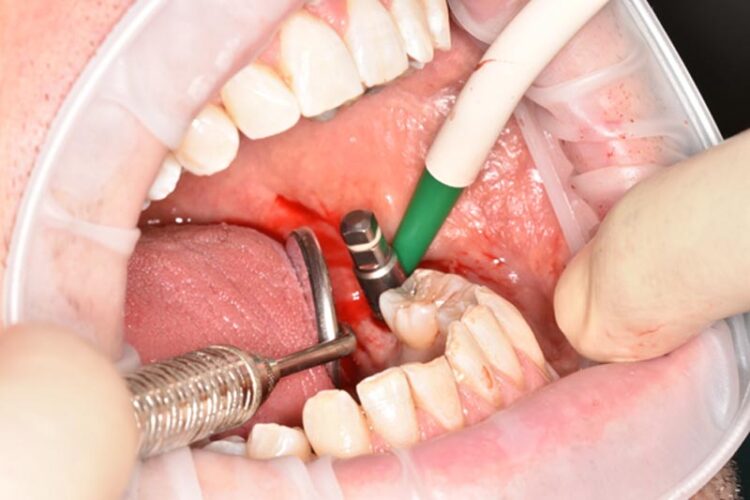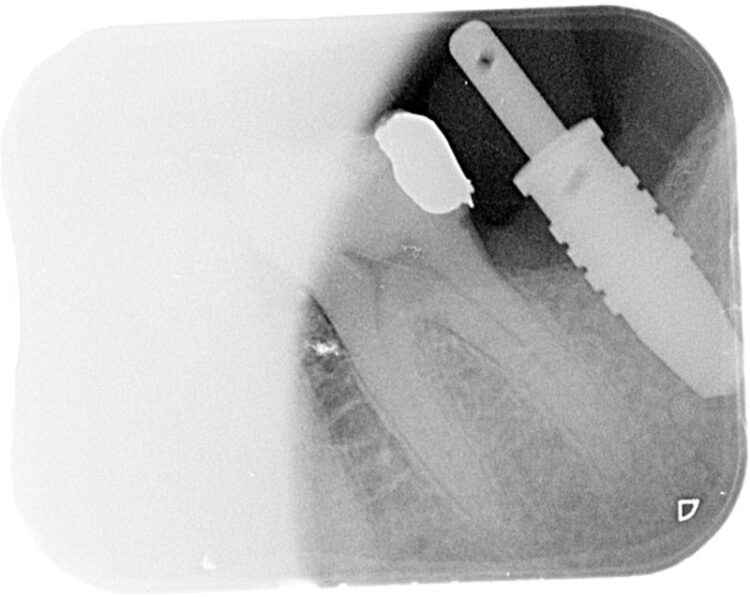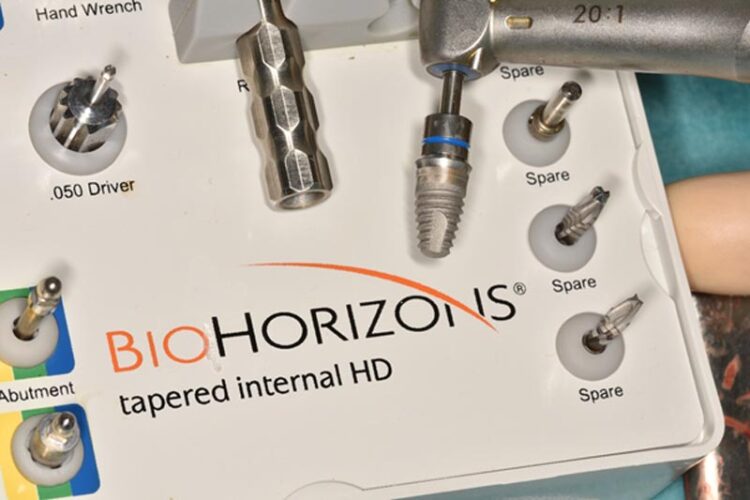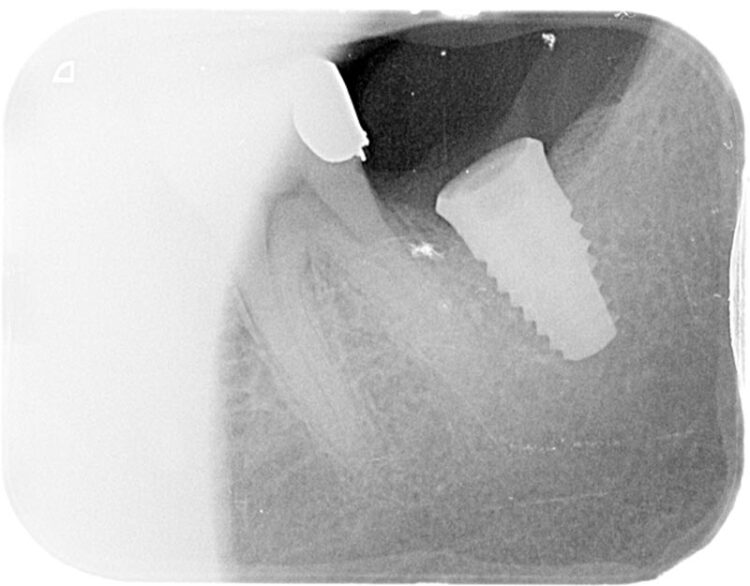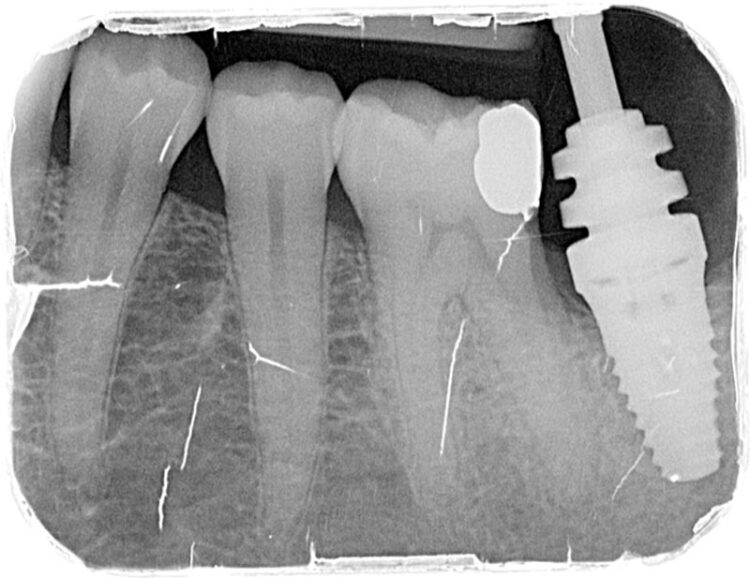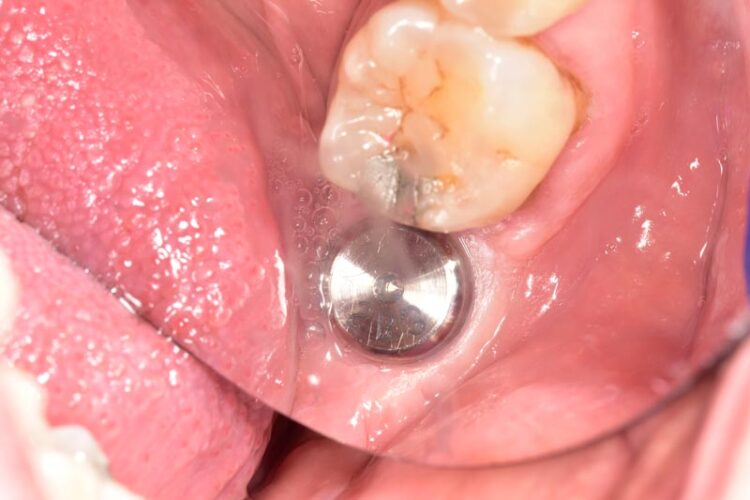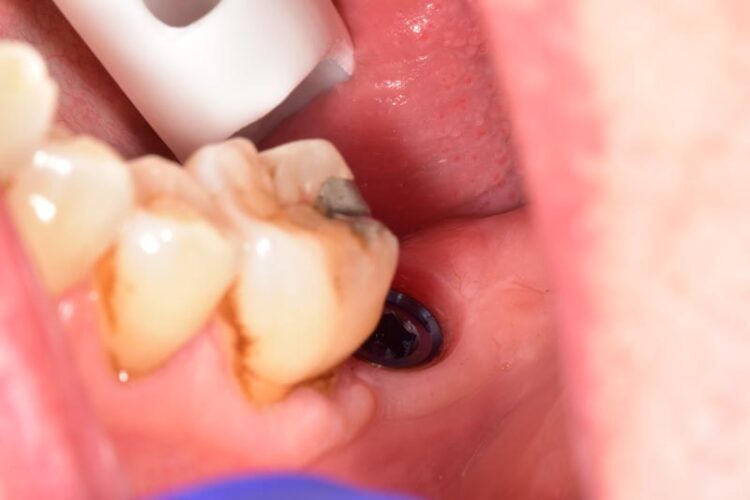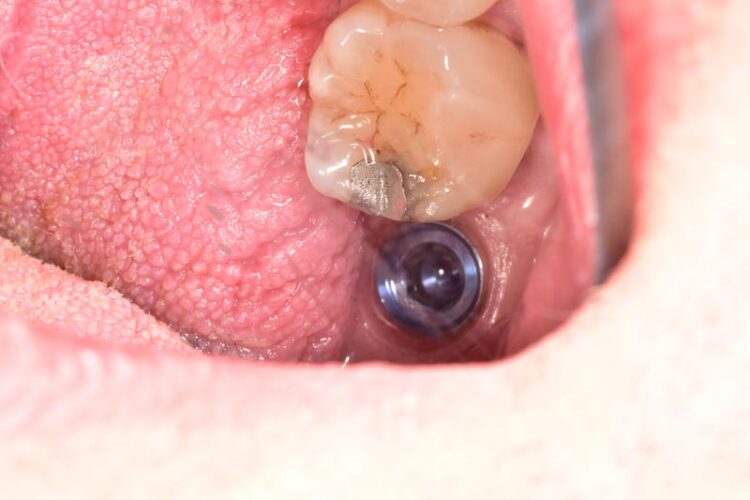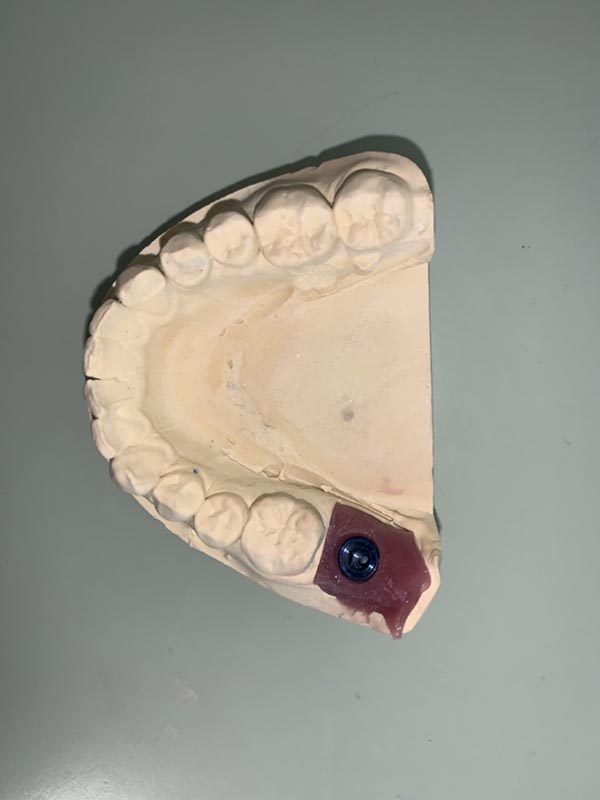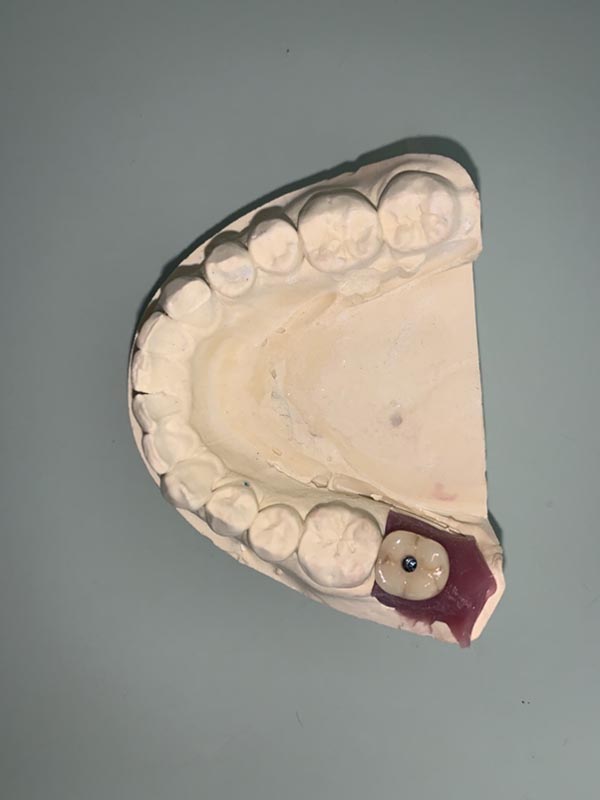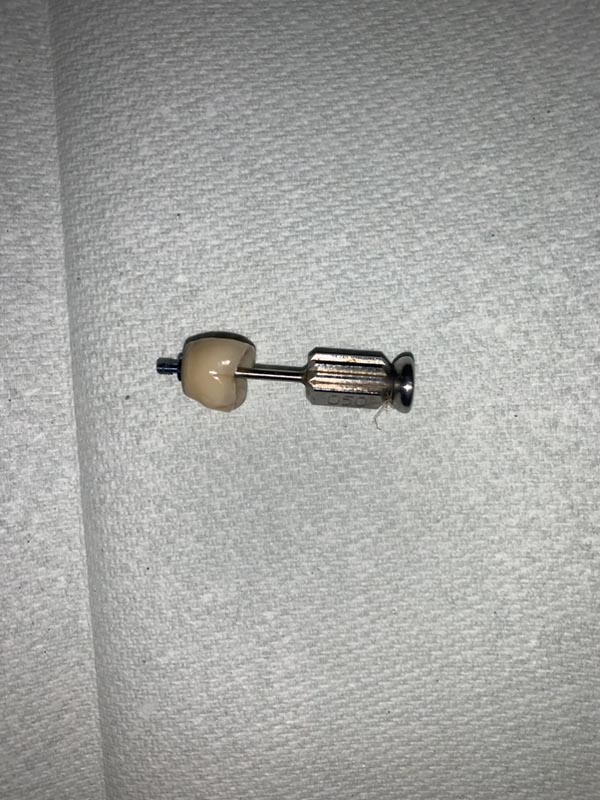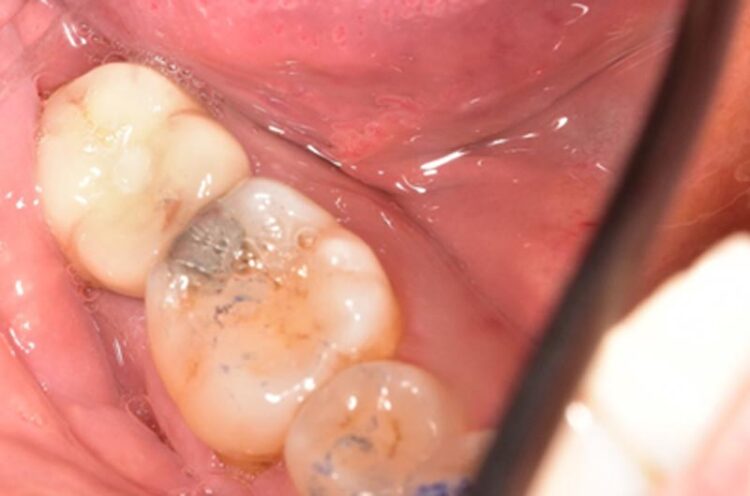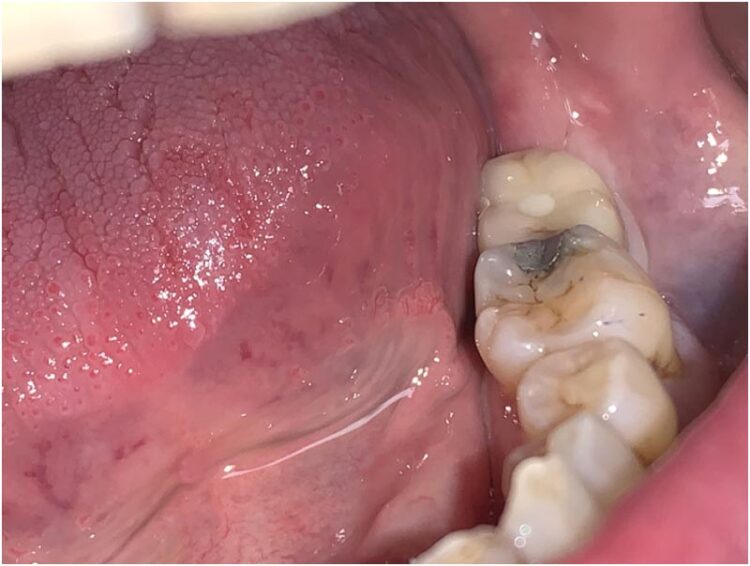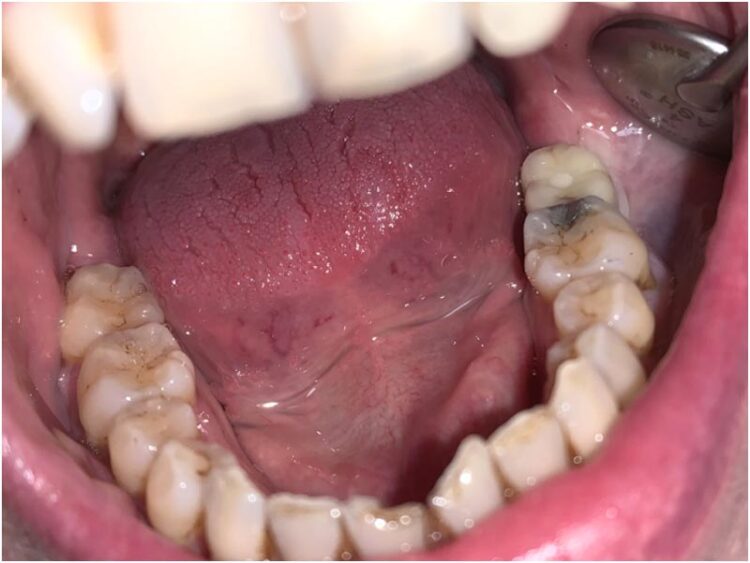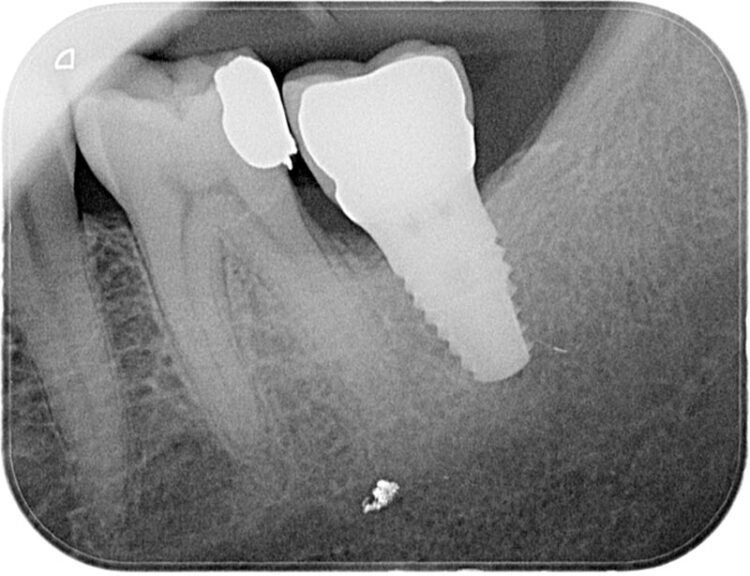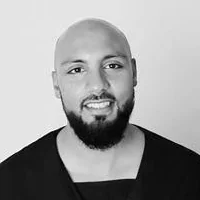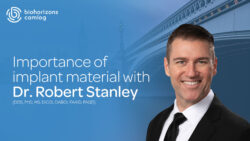Removing the ‘microgap’ and restoring function posteriorly with tissue level implants

Tissue level implants: the result
This case beautifully demonstrates the emergence profile that the tissue level implants facilitate along with the ease of cleansability for the patient, even when the prosthesis is placed posteriorly in difficult to reach areas.
Although many studies have suggested that there is no statistical difference between bone level implants and tissue level implants with regards to long-term crestal bone stability, the adjustment of the microgap to be away from the bone level in a vertical dimension certainly facilitates in the reduction of bone remodelling long-term around implants with this specific design. In my opinion, this makes them a very suitable and evidence-based choice for posterior dental implants in the correct cases.
For more information about BioHorizons Camlog implant solutions complete the form below or to discover courses delivered by Toheed Hamid click here.
